Artswire: The envy of the world, and the week's arts news
Re-floating old ideas, big changes and many winners.
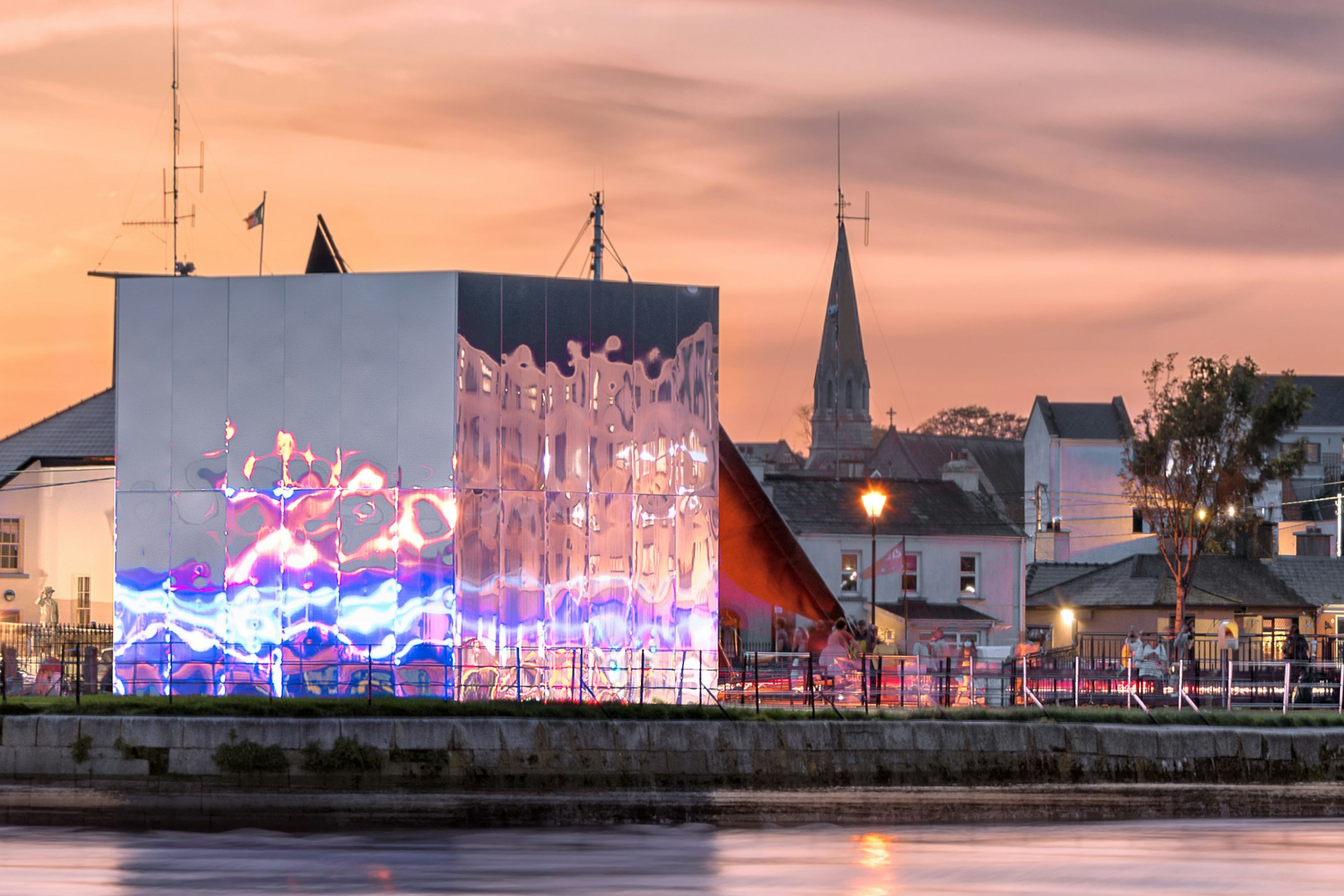
On Tuesday 7 October, the Irish government unveiled their 2026 budget. It’s been called a “cautious” budget and the toplines that have emerged are increased spending, particularly on infrastructure, little or no tax relief for workers, tax cuts (or incentives) for business, and that Basic Income for the Arts (BIA) will be continued. “This scheme is the envy of the world, and a tremendous achievement for Ireland, and must be made futureproof and sustainable,” said Patrick O’Donovan, Irish Minister for Culture, in the announcement.
The BIA started as a three-year pilot programme in 2022, aiming to support the sector’s post-Covid recovery and address ongoing financial instability faced by many working in the arts. In June it was extended for six months until February 2026. Under the scheme, 2,000 artists and creative workers receive regular, taxable payments of €325 a week (~NZ$653), paid out monthly. These are not means tested, and operate independently of social welfare.
Meanwhile, data – including time spent on creative practice or other sectors, income and wellbeing – was collected and analysed from BIA recipients and a control group. In September Ireland’s Department of Culture, Communications and Sport published a report financially quantifying the scheme. For every €1 invested, society received €1.39 in return, and it didn’t cost as much as may be expected, due to savings on social welfare payments. More importantly though, qualitative research has found that the payments had significant positive impacts on artists. Financial stress and uncertainty were alleviated, reducing anxiety and allowing more time to be spent on creative pursuits. In turn this allowed artists greater ability to plan and follow their creative paths. Artists had greater feelings of self-efficacy, legitimacy and wellbeing. They invested in upskilling, equipment and gave back to their communities.
Ireland, though half a world away, is in some ways not unlike Aotearoa. Both island nations have five-point-something million people, parliamentary democracies based on Westminster, and a sense (accurate or not) that we punch above our little weights and are progressive. Comparing the economies using Gross National Income (GNI) per capita (and a modified version for Ireland which takes into account the multinational corporations that channel profits there) paints a fairly even picture – New Zealand's GNI is US$46,280 and Ireland's GNI* is US$55,084. Since the BIA scheme is the envy of artists around the world, the obvious question is, can we have one?
What I would say to you is that it's not a priority of the current government, but it wouldn’t be without precedent. Pathways to Arts and Cultural Employment, also known as the PACE scheme, was launched in 2001 by Helen Clark’s Labour government. It meant that artists and cultural workers could go to Work and Income and instead of being forced to seek work outside of the arts, they could openly dedicate time to the arts while receiving a benefit. It was nixed in 2012 under a John Key National government when a Work and Income review decided that since it wasn’t really a benefit or a programme, it didn’t fit the system. Artists could instead state their preference for work in the arts sector under the regular job-seeker system.
In 2020, then-Prime Minister Jacinda Ardern said, “We have brought back PACE”. It wasn’t quite true but a promise of the scheme’s return had been dangled in front of voters at the 2017 general election. In their Arts, Culture & Heritage policy, Labour committed to “re-establishing the Pathways to Arts and Cultural Employment (PACE) scheme.” Instead they launched a two-year, 1,000 participant, pilot of Creative Careers Service, which was primarily mentorship and career development support, not direct financial assistance. The pilot has ended, and no follow-up has been announced.
Yesterday, the latest Taxpayers' Union-Curia poll was released, showing National’s support sliding below 30% and giving the left bloc (Labour, Greens, Te Pāti Māori) just enough of a majority to form a government. The next general election is roughly a year away. Perhaps it's too early to tell, but Labour seems to be betting more on voters to turn away from National, Christopher Luxon and his crew, than capturing votes through policy platforms or positions. Uninspiring politics aside, they should consider what they can control, rather than hoping for others to misstep. If Labour wants to lead rather than simply pick up sloppy seconds, a return of PACE (for real this time) could be part of a vision for the country's future.
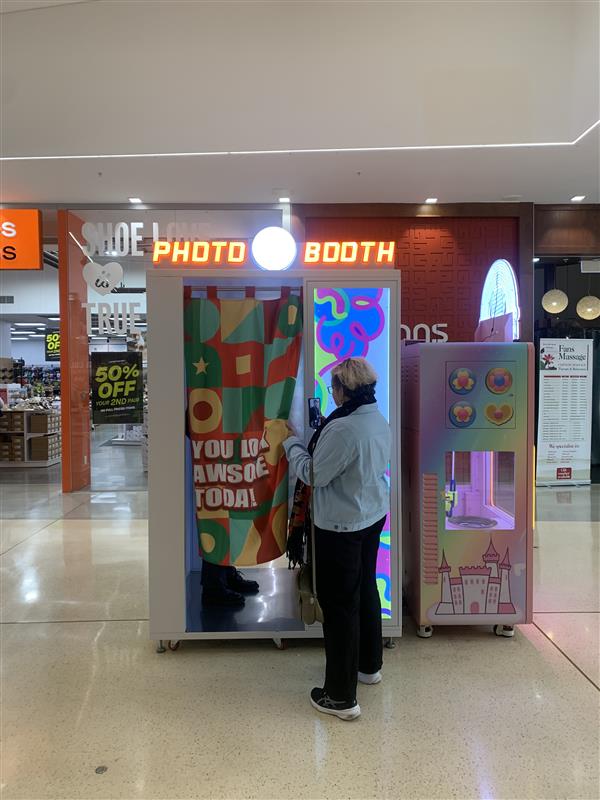
News on the wire
Big changes at The Big Idea
In case you missed it on Monday, we announced that we’re partway through a low-key makeover. We spilled details on our new team, refined approach, new governance and upcoming new website and brand refresh (cute pictures included). How exciting!
Rana Hamida, and others on the Global Sumud Flotilla, deported from Israeli, now in Jordan
The Ministry of Foreign Affairs and Trade has confirmed the three New Zealanders detained by Israel after ships of the Global Sumund Flotilla were intercepted, artist Rana Hamida, Youssef Sammour and Samuel Leason, have been released and are in Jordan.
Recipients of the Asian Artists' Fund announced
The Asian Artists’ Fund was established in 2022 by CNZ and Foundation North to address the under-representation of Asian artists within our arts funding. This year, artist-run initiative Satellites designed and delivered the fourth version of the fund, notably adding a residency programme and fellowships scheme. There was a record number of applications, and of the 119, 26 grants were awarded to a total value of $650,000. It's a demand that shows “a need for increased investment and the enormous untapped potential within the Asian arts community,” says Connie Lee, advisor for strategic projects at Foundation North. Here's who received a slice of the pie:
Residencies (studio time, mentorship, and a $10,000 stipend):
Dawn Cheong – AAF Writer in Residence
Sahana Rahman – AAF Visual Artist in Residence
Min Kyoung Lee – AAF Performance Artist in Residence
Weichu Huang and Lulu Qiu – AAF Dance Artist in Residence
Motoko Kikkawa – AAF Music and Sound Artist in Residence
Creative Fellowships ($60,000):
Xin Ji – choreographer and dance artist
Bhavesh Bhuthadia – multi-disciplinary artist
Xi Li – artist
Ahilan Karunaharan – director, writer, and producer
Professional Development (up to $5,000 each)
Ben Fernandez – Jazz pianist, composer, arranger, educator, music producer
Jieying Cai – artist and curator
Tim Wong – writer, designer, and filmmaker
Yukari Kaihori – visual artist
AAF Creative Projects (up to $35,000 each):
Nomuna Amarbat – a new solo work exploring vulnerability through a coming-of-age narrative
Fiona Chua – orchestration for The Butterfly Lovers, an original musical
Danielle Hao-Aickin – a debut body of work, focusing on music production, sound design, and visual storytelling
Ningyi Hu – a body of sculptural work looking at the histories of weaponry, safety and protection
Vinesh Kumaran – a series of photographic portraits of Māngere Market stallholders
Qianye Lin and Qianhe Lin – Choral Monologues, a new work exploring the poetics of disorientation and collective linguistic affirmation
Hon Manawangphiphat and Jade Lewis – Club Ruby Rebel Radio, a dystopian live stage show inspired by the broadcasting defiance of Radio Hauraki in 1965
Van Mei – a debut novel, The Tears of Kuan Yin
Proudly Asian Theatre – the return of Pork and Poll Taxes by Talia Pua and the premiere of Genuine and Stable by Uhyoung Choi
Soil of Cultures – a project exploring the cultural histories of taro
Jenna Wee – season four of Asian in Aotearoa podcast
Sherry Zhang – a debut novel
Jingcheng Zhao – Practice of Gathering, a publication exploring decolonial, queer, and relational-based curating
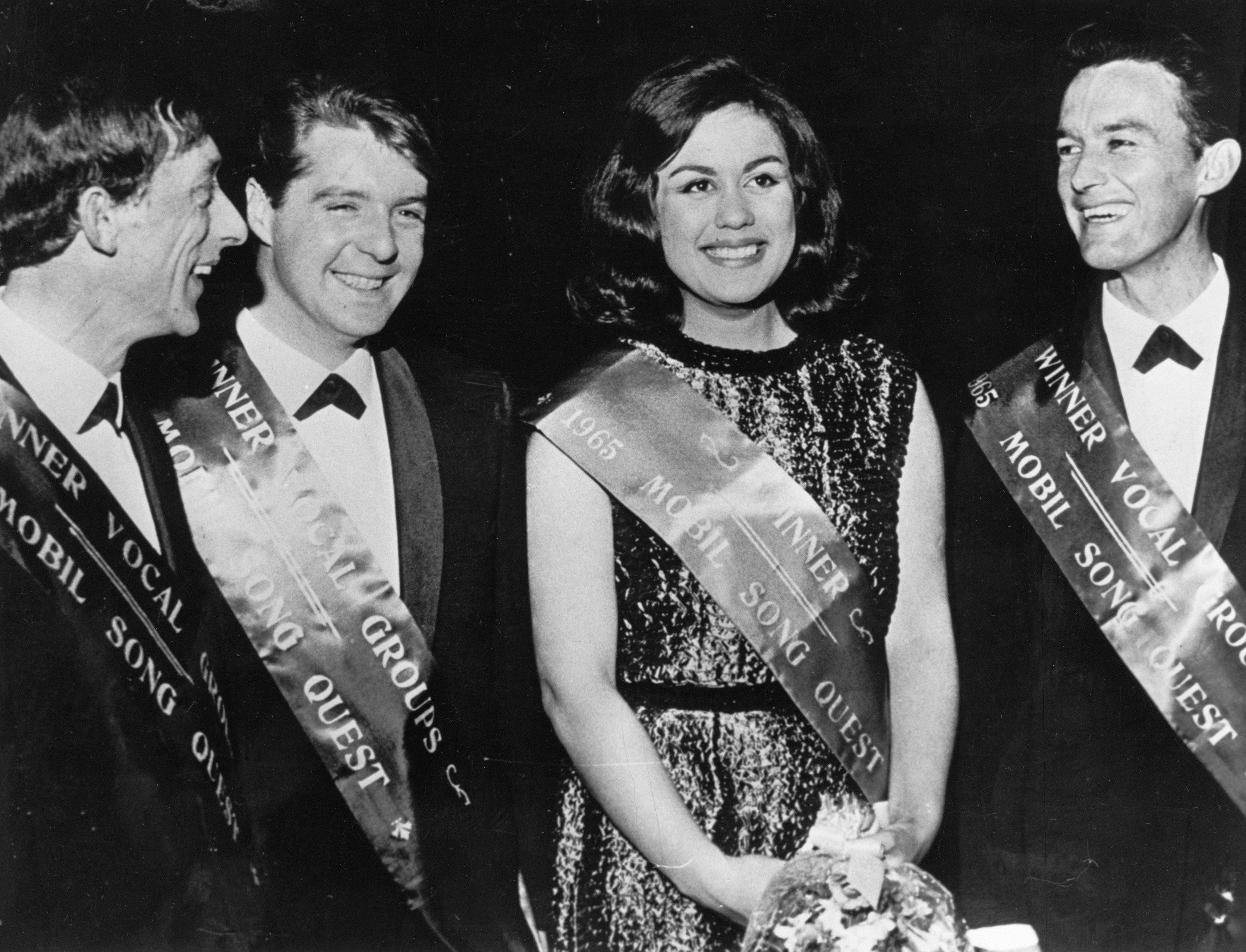
Kiri Te Kanawa Foundation backs The Song Quest
Our premier classical singing competition will be known as the Kiri Te Kanawa Song Quest from 2026. “This is a huge and exciting personal honour,” said the dame herself. “It’s a great and venerable institution which over the years has been the catalyst and launch-pad for so many outstanding careers – including my own.” The foundation has backed the quest for 10 years and is now taking the leading role. “The Song Quest has always been a perfect fit for the Foundation’s work,” says Te Kanawa. Previous naming partners have included Mobil and Lexus
Congrats Justin Villaflores, Auckland Philharmonia’s 2026 Young Composer-in-Residence
Justin Villaflores is in his final year of studies for a Bachelor of Music degree at the University of Auckland, specialising in composition. The residency will provide him with the opportunity to compose three new works and have them performed by the Auckland Philharmonia next year. “It's a privilege to be able to work with such an amazing orchestra and learn from accomplished composers,” he says.
Winners of the 2025 Caselberg Trust International Poetry Prize announced
Helen Williford-Lower from Te Matau-a-Māui Hawkes Bay won with her poem “Tōku Kōhine o Waikouaiti”. The runner up is Ura TeĀta from Waitangirua, Porirua for her poem “Grammar is Right?”.
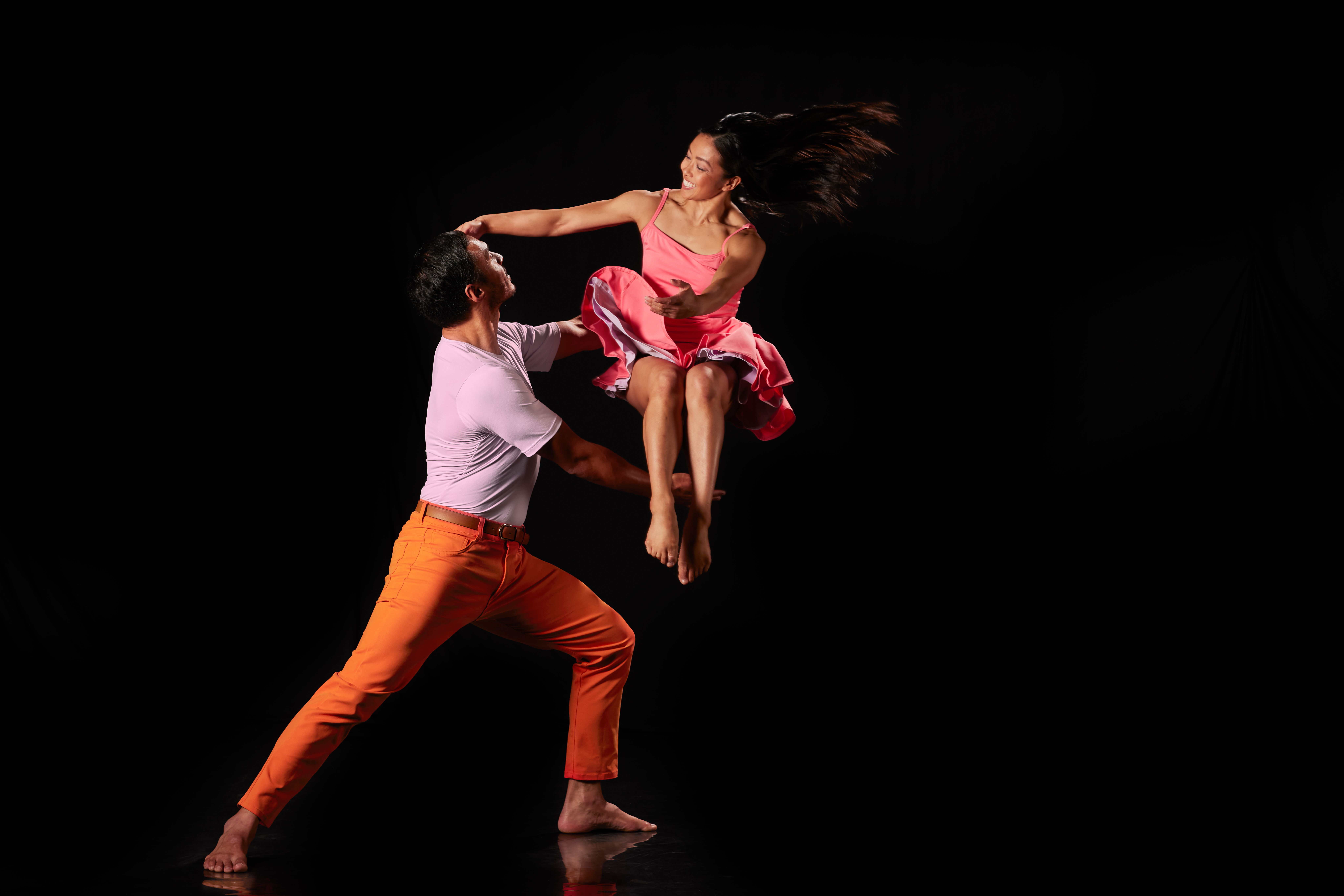
Black Grace to perform Paul Taylor piece for the very first time in Aotearoa
“I’m excited to be able to bring this truly iconic work to New Zealand audiences,” says Neil Ieremia, founder of Black Grace. The tour, in November, marks the first time ever a professional New Zealand company has been licensed to perform Taylor’s work. “Esplanade is perhaps the late Mr Paul Taylor’s best-known work and an extremely rare opportunity for our dancers and audiences to experience something new in our own backyard.” It's part of a double bill, the other half being a new work by Ieremia, If Ever There Was A Time.
Human resources
Aria McInnes, who recently completed a Master of Visual Arts at AUT, has joined Artor Contemporary, a gallery in Ponsonby, Auckland. She will be involved in curatorial projects and the gallery’s day-to-day operations.
Marianne Infante will temporarily join Te Pou Theatre as Kaiwhakahaere Whakaari Lead Producer, as Chloe Weavers takes time to welcome a new pēpi.
Vatu Dei release debut album for Fijian Language Week
Vatu Dei, meaning “Steadfast Rock,” is a collective of talented Fijian artists who celebrate culture through meke, the traditional form of Fijian song and dance. “Vatu Dei are not only about reviving traditions,” says member Joe Bose, “we are reimagining what it means to be Fijian in the modern world, carrying the past forward with strength and pride.” The collective released their debut album as part of their The Creative New Zealand Pacific Arts Regional Residency in Palmerston North.
Fingers annual group show now on
The annual group show at the Auckland gallery, featuring over 50 contemporary jewellers, is a feast for the eyes. If you’re not in the city, there’s plenty of photos of the stunning works on Fingers’ website.
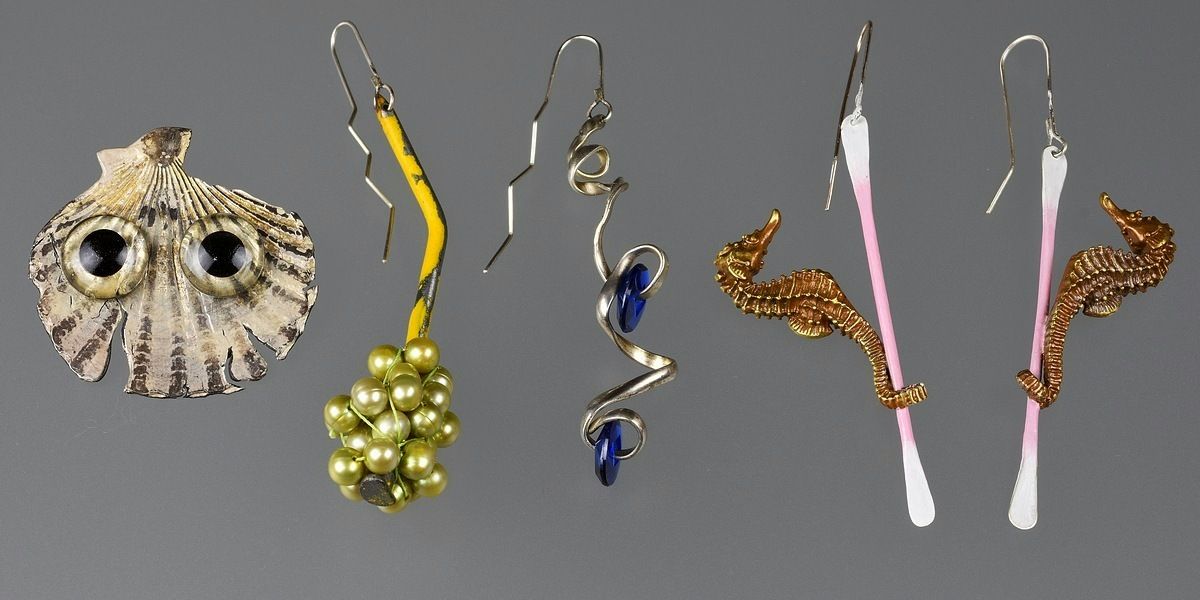
Artists’ quilt for Palestine to gain panels in Tāmaki
Last November a collective, Stitching Solidarity, invited artists from around the motu to contribute panels to a quilt made in support for Palestine. While panels have come from all over, the quilt has come together in Wellington. This weekend, it travels to Auckland where artists can contribute panels and help to stitch it together.
📝 Letters to the editor
I’m always curious to know what others think – mine is just one viewpoint after all! Here’s something I received in my inbox following last week’s Artswire: Does state-funded media have a responsibility to the arts?
“Personally I believe the arts are more important than the share market moves, or banal public authority announcements (news in 2025 jargon) in a digitised, robotic, clinical fused world. If not the responsibility of a healthy, easily accessed public broadcasting system then in what common sphere will the arts be garnered, reviewed, critiqued and shared?”
Another reader wrote to me in response to The biggest takeaways and the loudest silence at Nui te Kōrero 2025:
“Too long have I read stuff where we have pretended that all was fluffy, box of birds, sweet as, when it actually wasn’t and life in the arts has become more difficult yet. It’s one thing to stay positive and celebrate wins, our artists and the sector, but it’s another to wear the pink sunglasses all the time. So 10 out 10 from me for the LOUDEST SILENCE.”
Write to me: editor@thebigidea.co.nz
☕ Further reading
The Big Idea has been on a mission to ask the mayoral front-runners in Auckland, Wellington, Christchurch and Dunedin what their arts policies are. Here’s Shanti Mathias on their responses.
Duncan Greive walks through vinyl’s long, strange history in New Zealand – including its unexpected resurgence since 2005 (ok, the full version can only be found on vinyl as a four-part podcast, but this article is a good overview!).
Sam Brooks takes us on a tour of the new Anzac Ave Studios in Tāmaki Makaurau.
Dame Gaylene Preston, a “well-practised contrarian” and mentor to Ana Chaya Scotney through The Arts Foundation’s Springboard programme, shares her mentorship secrets – trust, respect and laughs.
In an old, dusty ledger in the RNZ archives, 37 years of censored songs, and hundreds and hundreds of titles are contained.
In the latest instalment of Talanoa with a Tusitala, Danielle Kionasina Dilys Thomson talks to Melissa Gilbert, or Mel, a queer brown baddie and artist.